Building emotional safety in a relationship is a vital aspect of maintaining a healthy, thriving partnership. Emotional safety is the foundation upon which trust, communication, and intimacy are built. When individuals feel emotionally safe with their partners, they can open up, be vulnerable, and address challenges together in a supportive and loving way. In this blog post, we'll explore what emotional safety means, how to recognize it, and how to foster it in your relationship. We'll also discuss the unique needs and socialization of gender in the context of emotional safety.
What Is Emotional Safety?
Emotional safety can be defined as the feeling of comfort and trust that comes from knowing you can be your true self without fear of judgment, criticism, or harm. It's a space where partners can express their feelings, thoughts, and concerns openly, without hesitation, and with the assurance that they will be heard and respected.
What are signs of emotional safety in a relationship?
Open Communication
Partners in an emotionally safe relationship can talk about their thoughts, feelings, and concerns without fear of retribution or judgment. They actively listen to each other and validate one another's experiences.
Vulnerability
Both partners feel comfortable being vulnerable with one another. They share their fears, insecurities, and dreams, knowing that they won't be exploited or ridiculed.
Trust
Emotional safety fosters trust, as partners believe in each other's intentions and reliability. They have confidence that their partner has their best interests at heart.
Support
In emotionally safe relationships, partners provide unwavering support for one another during challenging times. They offer a shoulder to lean on and a helping hand when needed.
Respect
Respect for each other's boundaries, individuality, and autonomy is evident. Partners treat each other with kindness and consideration, recognizing that they are unique individuals.
What are signs of a lack of emotional safety in a relationship?
Fear of Sharing
When emotional safety is lacking, one or both partners may be hesitant to share their thoughts or emotions, fearing a negative reaction.
Judgment and Criticism
Partners in an emotionally unsafe relationship may judge, criticize, or belittle one another, making it difficult to be open and honest.
Secrecy and Concealment
If there is a lack of emotional safety, partners may keep secrets or hide aspects of themselves to avoid potential negative consequences.
Constant Conflict
Unresolved conflicts and frequent arguments are indicative of a lack of emotional safety. It can make both partners feel constantly on edge.
Emotional Withdrawal
Emotional distance and withdrawal from the relationship may occur when partners do not feel safe. They may become emotionally guarded.
How to Help Your Partner Feel Emotionally Secure
Actively Listen
Listen to your partner without interrupting, and ask clarifying questions to show that you genuinely care about their feelings.
Respond Empathetically
Show empathy by validating your partner's emotions, even if you don't fully understand. For example, you can say, "I can see why you feel that way."
Respect Each Other's Boundaries
Respect your partner's boundaries and personal space, and encourage them to express what they need from you. Examining and voicing your own needs can also create a relationship culture of expressing and respecting needs.
Prioritize Quality Time Together
Spend quality time together, free from distractions, to foster connection and strengthen your emotional bond. Quality time is not sitting on the couch watching TV together but rather engaging in an activity where you are clued in and attentive to one another.
Offer Reassurance
Let your partner know that you're there for them and that you support them, especially during challenging times. You may have a list of solutions that come to mind but they are most likely not anything your partner hasn’t already thought of. If they want a solution, they’ll ask for it, otherwise, they most likely prefer you to just listen, validate, and support.
Understanding Gender Differences with Emotional Safety
Cis men, cis women, transgender individuals, and those who identify as genderqueer or nonbinary may all bring unique experiences and needs to their relationships. Recognizing and respecting these differences is crucial for building emotional safety in a diverse and inclusive manner. It's important to note that gender differences are not universal, and individuals vary widely in their emotional needs. The following considerations are generalizations and may not apply to every person. Communication with your partner about their specific needs is key to creating a supportive and inclusive environment.
In fostering a healthy and supportive relationship, all partners can derive numerous benefits by prioritizing certain aspects. Firstly, creating an environment that encourages emotional expression without judgment or expectation can significantly strengthen the emotional bond shared between partners. It is vital to recognize and cater to the unique emotional needs of each individual, providing individualized support that aligns with their preferences and comfort levels. Additionally, inclusive decision-making processes that respect the perspectives and input of all partners contribute to a sense of safety and partnership within the relationship.
In the context of transgender and genderqueer considerations, certain principles should be upheld. Respecting and acknowledging your partner's gender identity is foundational, requiring the use of correct pronouns and names, along with active engagement in conversations about their experiences and feelings. For transgender individuals, navigating gender dysphoria can be challenging, and emotional safety involves providing understanding, empathy, and support during these times without judgment. For genderqueer or nonbinary individuals, partners who recognize and embrace the fluidity of their gender identity contribute to a supportive environment. Encouraging open dialogue about how they define and experience emotional safety becomes crucial in fostering a relationship that respects and honors their identity.
Examples of Emotional Safety
Imagine a scenario in which a cis female partner faces a challenging situation at work. In an emotionally safe relationship, her cis male partner actively listens, empathizes with her feelings, and offers support. He doesn't jump into problem-solving mode if she needs a listening ear. In return, she feels heard and understood, and they strengthen their emotional connection.
In another example, a cis male partner may open up about his insecurities, seeking emotional safety. His cis female partner responds with empathy and reassurance, expressing her support for him. This fosters a safe space for him to share his vulnerabilities without fear of judgment.
In another scenario a genderqueer individual discusses their experiences with their partner. In an inclusive and emotionally safe relationship, the partner actively listens, respects their partner's gender identity, and engages in conversations about the unique challenges they may face.
Similarly, a transgender partner may share their feelings about dysphoria. In an emotionally safe relationship, the partner responds with empathy, offers support, and actively participates in creating an environment where the transgender partner feels seen and valued.
Takeaway
Building emotional safety in a relationship is a continuous process that requires open communication, trust, respect, and empathy. It's essential to recognize and address any barriers to emotional safety, as well as to learn and understand your partner’s unique emotional needs, regardless of their gender. By doing so, you can cultivate a strong, supportive, and enduring connection that thrives on trust, understanding, and love. If you are concerned about a lack of emotional safety in your relationship or want to improve emotional safety, couples therapy can help you create a dynamic that feels safe for all partners.



































